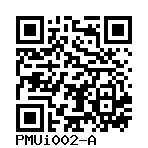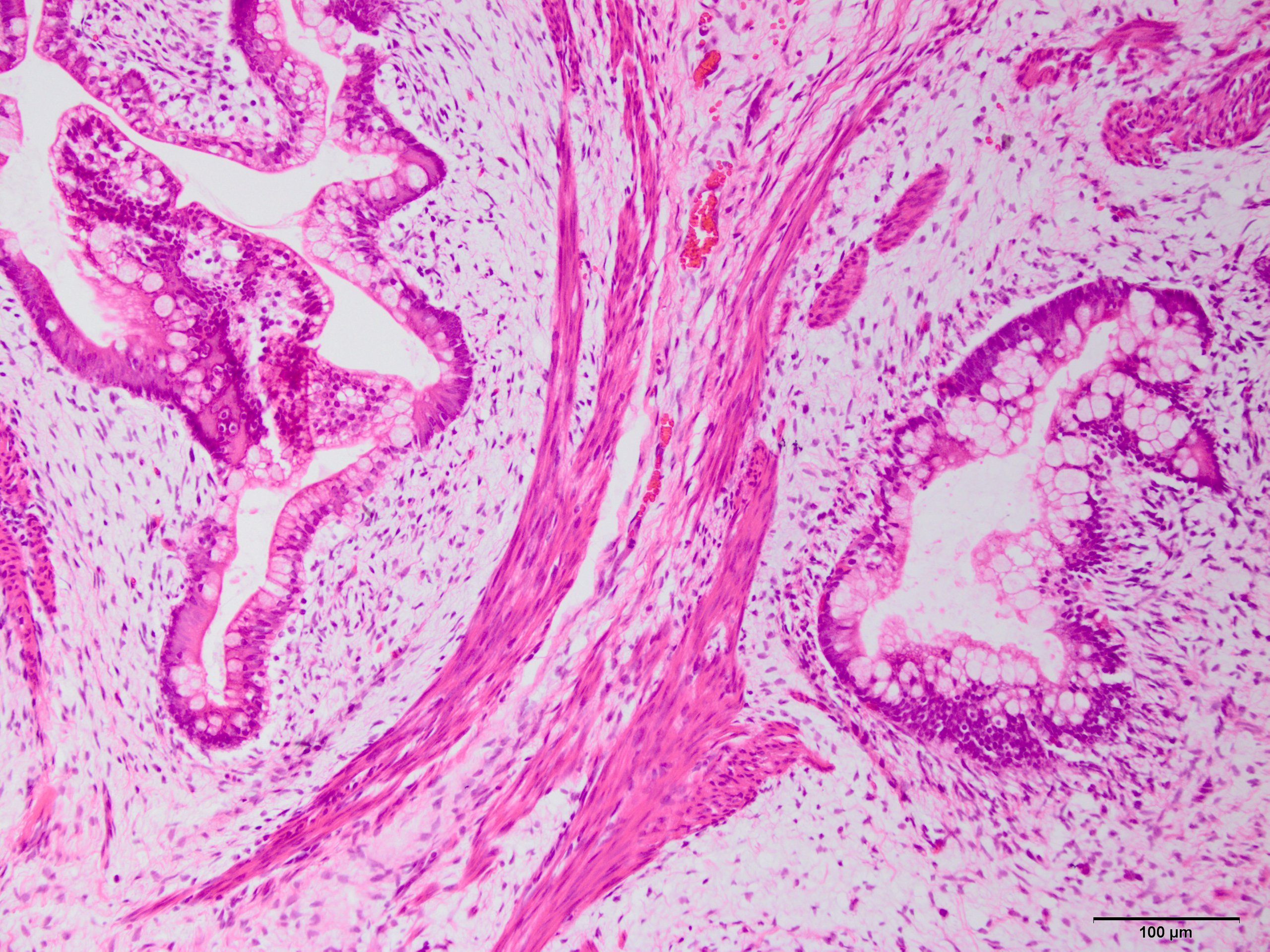Cornelius, UCB144-CT2-C
PMUi002-A
General
Cell Line |
|
| hPSCreg name | PMUi002-A |
| Cite as: | PMUi002-A (RRID:CVCL_C1VP) |
| Alternative name(s) |
Cornelius, UCB144-CT2-C
|
| Cell line type | Human induced pluripotent stem cell (hiPSC) |
| Similar lines |
PMUi002-A-1 (UCB144-CT2-C DOCK2KO clone 19, Cornelius DOCK2KO clone 19) PMUi002-A-2 (UCB144-CT2-C DOCK2KO clone 20, Cornelius DOCK2KO clone 20) PMUi002-A-3 (Cornelius DOCK2KO clone 22, UCB144-CT2-C DOCK2KO clone 22) PMUi002-B (Gustav, UCB144-CT1-G) |
| Last update | 10th December 2021 |
| User feedback | |
Provider |
|
| Generator | Paracelsus Medical University (PMU) |
External Databases |
|
| BioSamples | SAMEA11496652 |
| Cellosaurus | CVCL_C1VP |
| Wikidata | Q114312668 |
General Information |
|
| Publications | |
| * Is the cell line readily obtainable for third parties? |
Yes Research use: allowed
Clinical use: not allowed
Commercial use: not allowed
|
| Subclones | |
Donor Information
General Donor Information |
|
| Sex | unknown |
Phenotype and Disease related information (Donor) |
|
| Diseases | No disease was diagnosed.
|
Donor Relations |
|
| Other cell lines of this donor | |
External Databases (Donor) |
|
| BioSamples | SAMEA11459147 |
Ethics
| Has informed consent been obtained from the donor of the embryo/tissue from which the pluripotent stem cells have been derived? | Yes |
| Was the consent voluntarily given? | Yes |
| Has the donor been informed that participation will not directly influence their personal treatment? | Yes |
| Can you provide us with a copy of the Donor Information Sheet provided to the donor? | Yes |
| Do you (Depositor/Provider) hold the original Donor Consent Form? | No |
| If you do not hold the Donor Consent Form, do you know who does? | No |
| Please indicate whether the data associated with the donated material has been pseudonymised or anonymised. | anonymised |
| Does consent explicitly allow the derivation of pluripotent stem cells? | No |
| Does consent prevent CELLS DERIVED FROM THE DONATED BIOSAMPLE from being made available to researchers anywhere in the world? | No |
| How may genetic information associated with the cell line be accessed? | Controlled Access |
| Will the donor expect to receive financial benefit, beyond reasonable expenses, in return for donating the biosample? | No |
| Has a favourable opinion been obtained from a research ethics committee, or other ethics review panel, in relation to the Research Protocol including the consent provisions? | Yes |
| Name of accrediting authority involved? | Medizinische Universität Graz |
| Approval number | 19-252 |
| For generation of the cell line, who was the supplier of any recombined DNA vectors or commercial kits used? |
hIPSC Derivation
General |
|
| Source cell type |
A heterogeneous, non-hematopoietic fibroblast-like cell with the potential for differentiating into connective tissue cells of multiple lineages. It plays a significant role in tissue repair and regeneration, and interacts with immune cells to downregulate the immune response and enable immunosuppression via the induction of tolerance.
Synonyms
|
| Source cell origin |
Blood present in the umbilical vessels at the time of delivery. If cryopreserved at birth, cord blood can serve as a source of hematopoietic progenitor cells for transplantation to a patient later diagnosed and treated for a hematopoietic disorder.
Synonyms
|
Reprogramming method |
|
| Vector type | Non-integrating |
| Vector | Sendai virus |
| Is reprogramming vector detectable? |
No |
| Methods used |
PCR
|
| Files and images showing reprogramming vector expressed or silenced | |
Vector free reprogramming |
|
Other |
|
| Derived under xeno-free conditions |
Unknown |
| Derived under GMP? |
Unknown |
| Available as clinical grade? |
Unknown |
Culture Conditions
| Surface coating | Matrigel/Geltrex |
| Feeder cells |
No |
| Passage method |
Enzyme-free cell dissociation
Gentle Cell Dissociation Reagent
|
| O2 Concentration | 5 % |
| CO2 Concentration | 5 % |
| Medium |
mTeSR™ 1
|
| Has Rock inhibitor (Y27632) been used at passage previously with this cell line? | Yes |
| Has Rock inhibitor (Y27632) been used at cryo previously with this cell line? | Unknown |
| Has Rock inhibitor (Y27632) been used at thaw previously with this cell line? | Yes |
Characterisation
Analysis of Undifferentiated Cells
| Marker | Expressed | Immunostaining | RT-PCR | Flow Cytometry | Enzymatic Assay | Expression Profiles |
| TRA 1-81 |
Yes |
|
||||
| SSEA-4 |
Yes |
|||||
| Oct4 |
Yes |
Differentiation Potency
Microbiology / Virus Screening |
|
| Mycoplasma | Negative |
Genotyping
Karyotyping (Cell Line) |
|
| Has the cell line karyotype been analysed? |
Yes
|
Other Genotyping (Cell Line) |
|





Login to share your feedback, experiences or results with the research community.